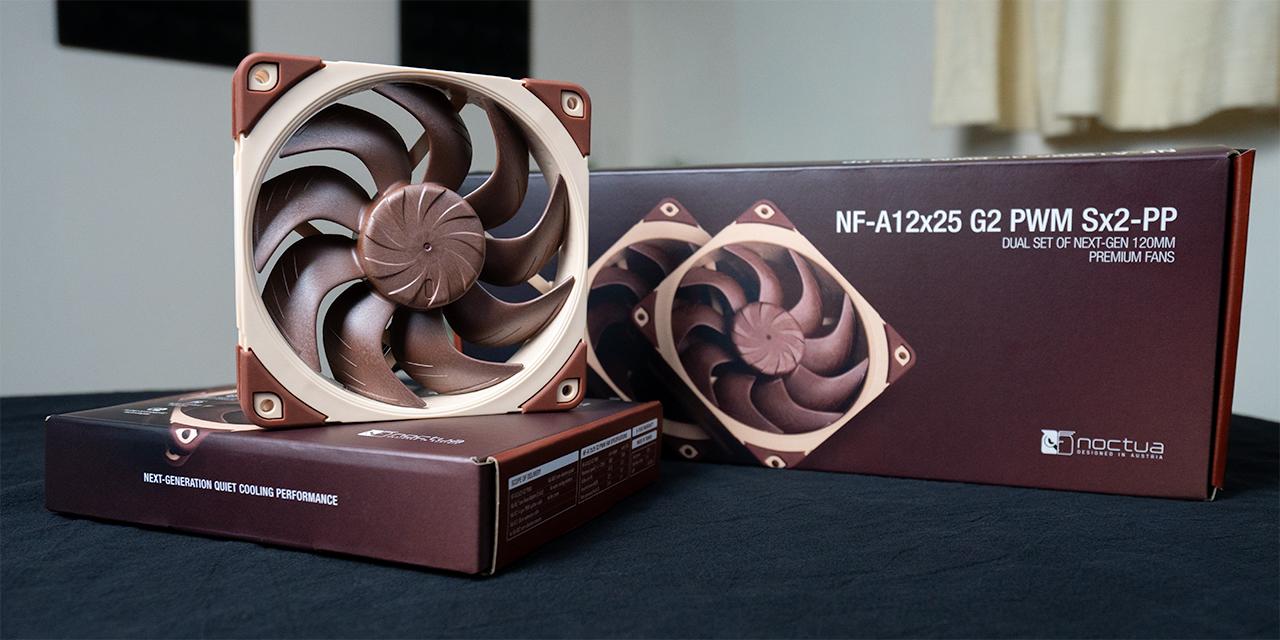From EETimes: Europe's newly-minted 5GPPP Association plans to launch as many as 20 research projects in 2014, open to all comers, with a total budget of about 250 million euros. The ambitious effort, described in an interview with the new group's chairperson, is one of a handful of collaborations around the globe to lay the groundwork for 5G, an ambitious vision for a next-generation network of networks that's still being defined.
"No one really knows today what 5G will be because there are still several views, but it will include different access and radio systems," said Werner Mohr, chairman of 5GPPP which will have an estimated budget of US$1.8 billion over its seven-year life.
When 5G arrives perhaps starting sometime in 2020, it could bring maximum date rates of as much as 10 or 20 Gbits/s, probably confined to dense urban areas. It may operate at millimeter or even centimeter frequencies of 30 to 300 GHz using new air interfaces.
"The spectrum is available, but there will be a lot of challenges to implement systems for it because the propagation requirements are quite difficult -- it’s a new field for research that looks quite promising," said Mohr in an interview with EE Times.
A new peak data rate is just one aspect of 5G that researchers hope will make up the future of wireless, wired, and optical nets. Their visions also encompass both communications and computing networks in ways that could bridge carrier networks with Internet data centers.
"5G will address several different use cases and new frequency bands," said Mohr, who also serves as an R&D executive at Nokia Solutions and Networks. "Different systems will cooperate, so if a user moves from one scenario to another, he should have a seamless experience," said Mohr.
View: Article @ Source Site





